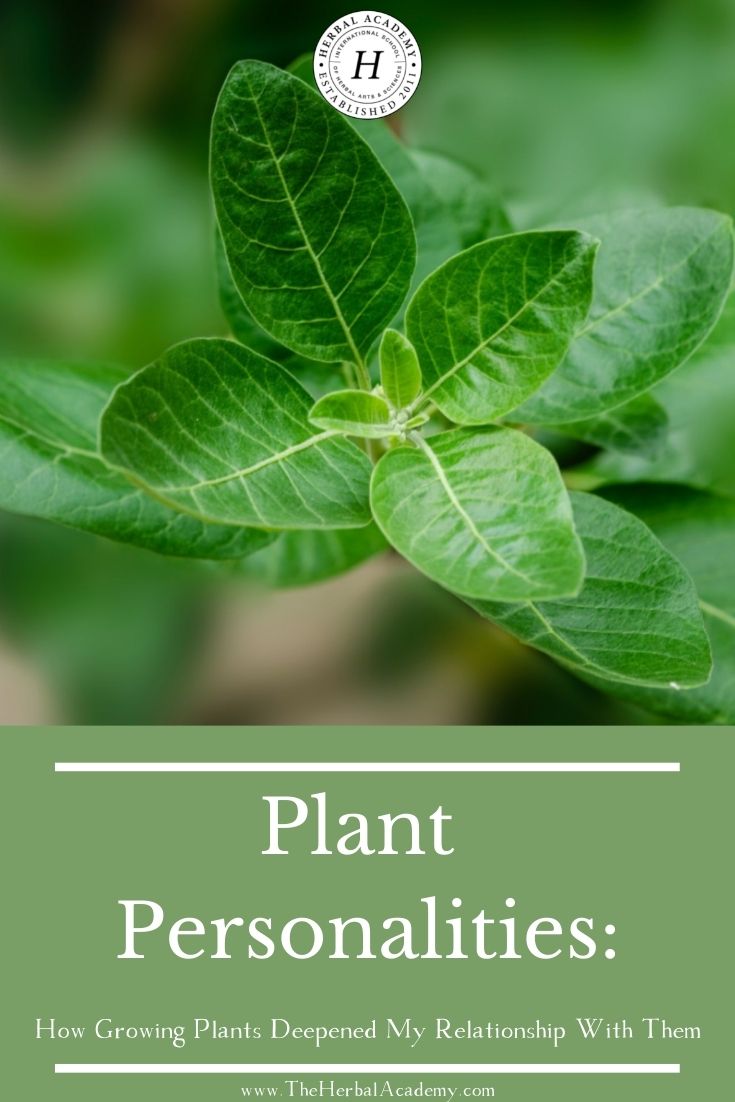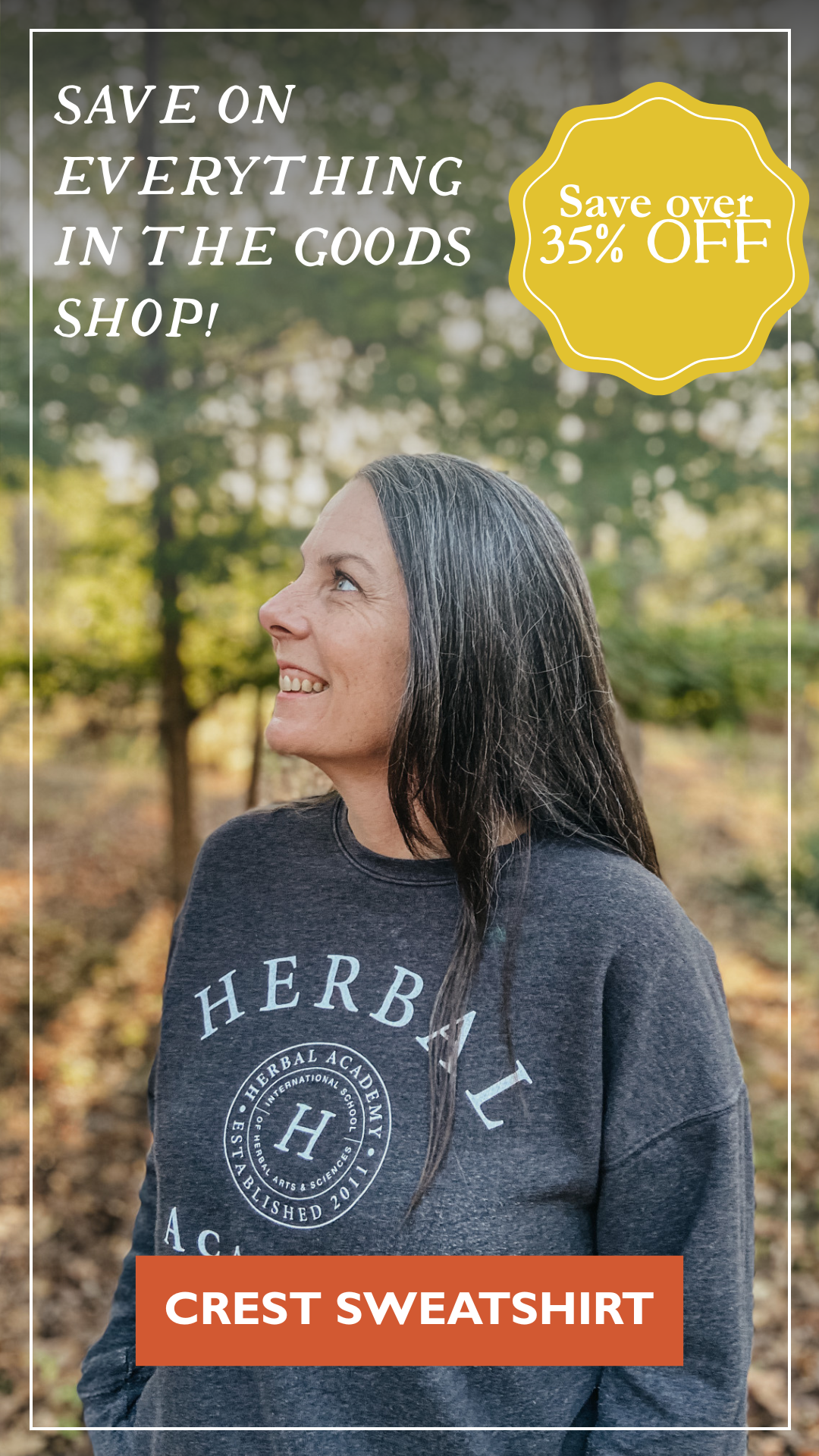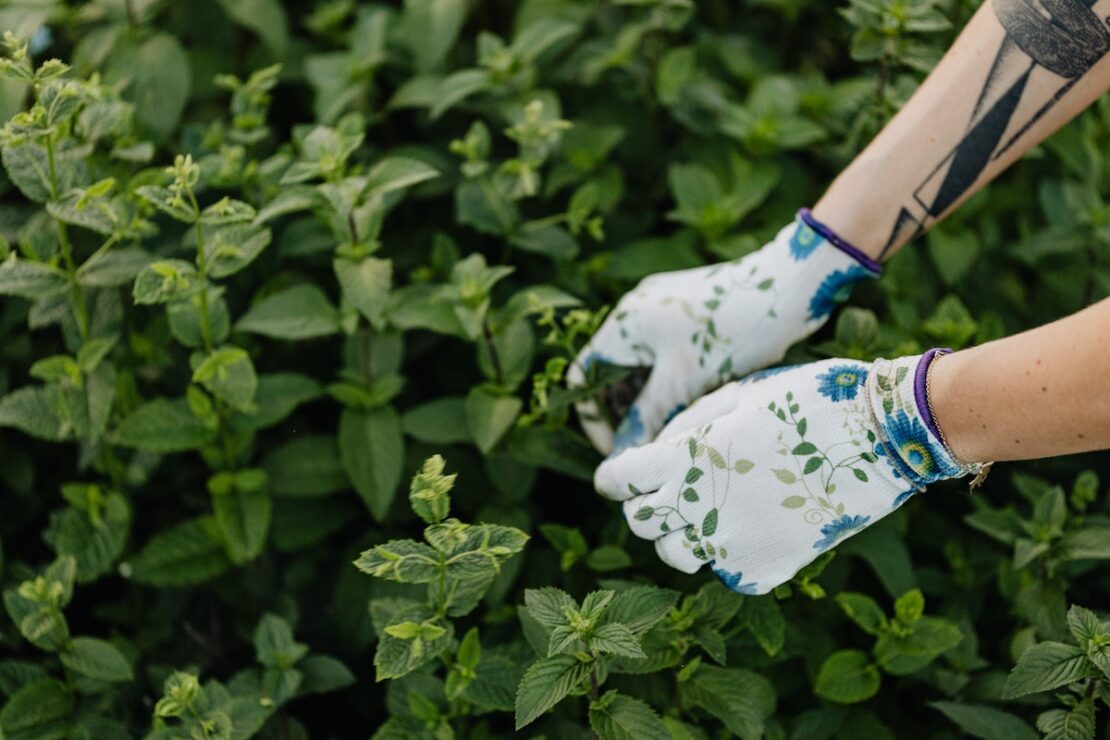
Plant Personalities: How Growing Plants Deepened My Relationship With Them
I can proudly shout from the rooftops that I am a giant nerd! I am obsessed with herbalism, plant personalities, and creating deeper connections to the earth. This path is a lifelong study, which is one of the many reasons I am drawn to it. As an herbalist, I can continually read, study, play, and discover with herbs and never truly know it all. The generations of knowledge that exist across all cultures are there to explore, and I couldn’t be more excited. I spend hours lost in books and those are some pretty happy times for me.
However, I felt like I was at a point in my herbal studies where I was no longer satisfied with only book learning and was instead looking for something more. I was reading every textbook and had purchased some herbs to experiment with, but I wasn’t feeling totally connected to the practice.This worried me, but I pushed my concerns aside and decided that maybe if I studied harder the missing piece of the puzzle would somehow appear.
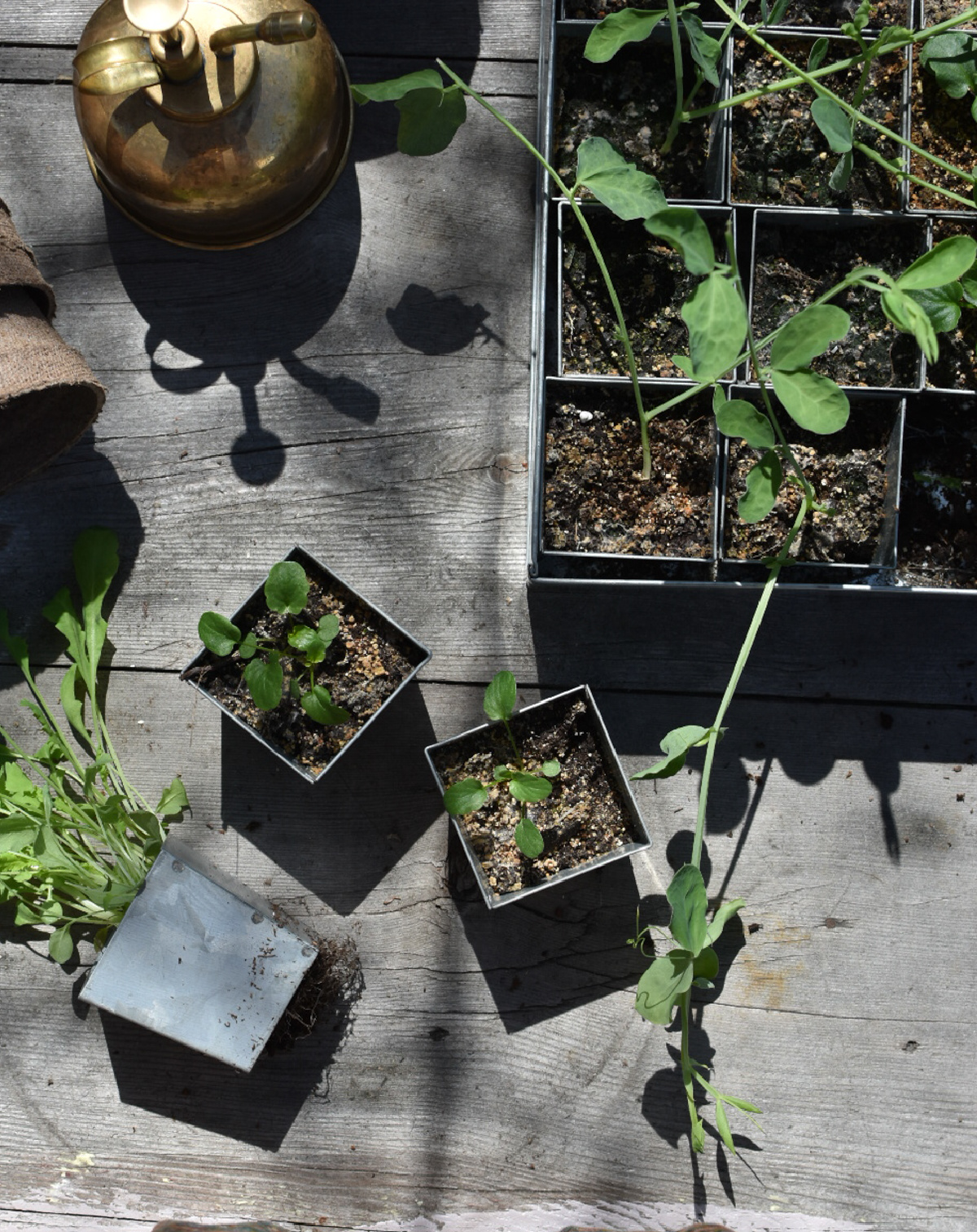
Discovering Plant Personalities
This point in my herbal journey was lining up with the process of buying a house. I knew I wanted lots of space and I wanted to have a garden right away. As we were getting closer to getting the house I began to plan my very first herb garden. Never short on enthusiasm, I wanted to grow everything I could get my hands on. However, I reeled myself in and chose a few plants that I knew I could build a deeper relationship with. I was certain that I wanted to have an herb garden, but I had no idea that growing my own herbs would blow my world wide open and connect that missing piece of the puzzle of plant personalities.
In late winter I got out my seeds and began to plant them in my seed trays so that the magic could begin. I remember planting seeds and geeking out on the shape and size of each seed. Calendula (Calendula officinalis) seeds looked so different from lemon balm (Melissa officinalis), which looked different from feverfew (Tanacetum parthenium), and looked wildly different from rosemary (Rosmarinus officinalis). It felt like there was a bounty of information about their unique plant personalities right here in my hands. My partner and I would try and guess what the seed would look like just based on what we were trying to plant, and we were wrong about 95% of the time!
As the seedlings started to flourish I finally understood what I was feeling a while back. I was missing the opportunity to be in a relationship with the entire life cycle of the plants. I was no longer satisfied with only seeing the dried plant in bulk form, but wanted to participate in, and have a deeper understanding of, the entire growing cycle. Don’t get me wrong, ordering plants from your favorite farmers and/or wholesale shops is wonderful, and something I still use for my shop; but when you get a chance to grow even one herb your plant world can be blown wide open. Caring for my plants from seed to harvest unlocked crucial information about how to best interact with the plants, and missing that journey left me feeling disconnected from my herbal practice.
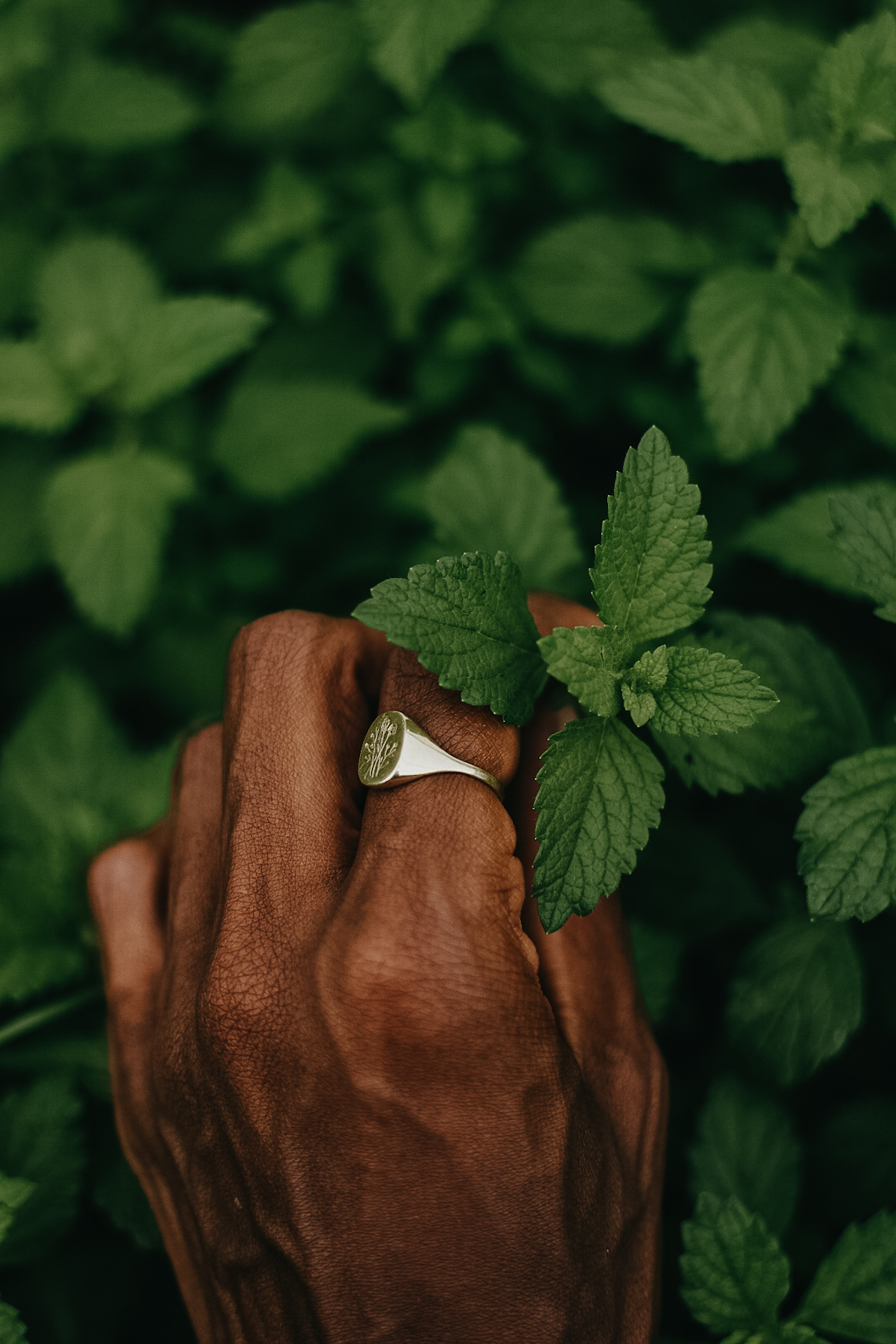
Lemon Balm Love
Last year was the first year I planted lemon balm, and from then on I’ve had a total love affair with this beautiful plant. When my lemon balm got its true leaves I would take a moment to rub the leaves on my fingers so that I could enjoy its bright, fresh, lemony scent. Doing this daily became one of my favorite morning routines. I love the smell of the lemon balm leaves so much that it inspired me to create some uplifting herbal hydrosol blends. My hope with these blends is that people can interact with this scent to help brighten their moods—or simply add it to a diffuser to brighten up their space. If I didn’t grow lemon balm I would’ve never had the opportunity to create that memory and experience with that part of its plant personality. The dried lemon balm tea will always be a staple in my herbal rituals, but growing lemon balm and experiencing it in its freshest form gave me more herbal information to work with.
Sometimes my learning and thinking can be a little one-dimensional. I will often take the information in the books that I read as the gospel truth and forget that it’s usually one person’s experience with their plants. That experience and perspective may be valid and based on ample knowledge, and perhaps even considerable research. However, growing herbs invited me into a world of knowledge that I wouldn’t have gotten from reading texts alone.
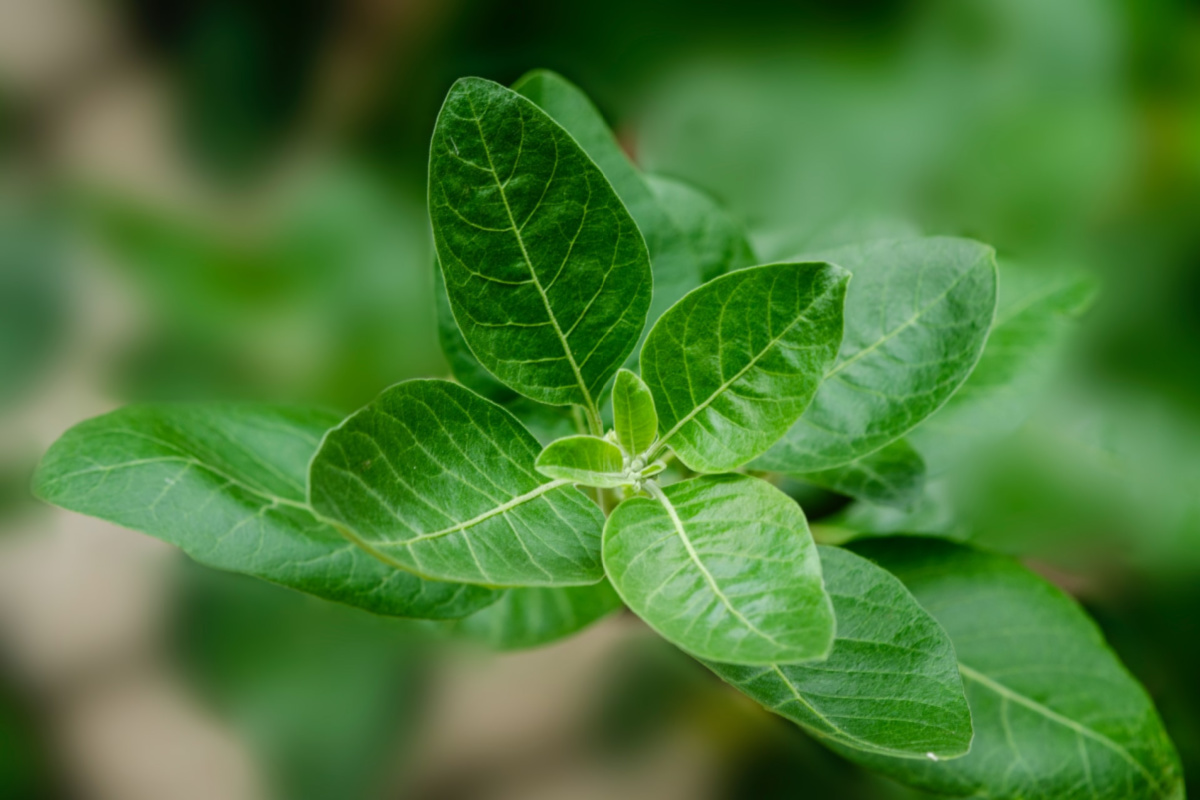
Ashwagandha: The Ultimate Adaptogen
Take ashwagandha (Withania somnifera), for example. Ashwagandha had become so trendy in the wellness world for its adaptogenic properties. When I was living in NYC, ashwagandha lattes were in all the coffee shops, sold at yoga studios, and even made it into a sketch on SNL. With all of that going on I still had no idea what the plant truly looked like, how it grew, and what varieties were available. I had seen the harvested chopped roots and even made my own teas with it, but my curious mind wanted to know more, so I planted it!
Ashwagandha has a strong personality and almost bolts from its seed. As it grows it thrives as long as its basic needs are taken care of. I feel like the strength in this plant is the same strength we receive when we use it to make our own mood-boosting teas. I am in awe of how strong this plant starts and stays throughout the growing season. Ashwagandha isn’t fussy and will thrive as an annual plant even in shorter growing seasons like mine in upstate New York. Talk about an adaptogen! This hearty plant knows how to handle stress.
I will never turn my back on books, research articles, or academia in general, and yet I know there is an equally powerful education in the real-life practice of growing your own herbs.
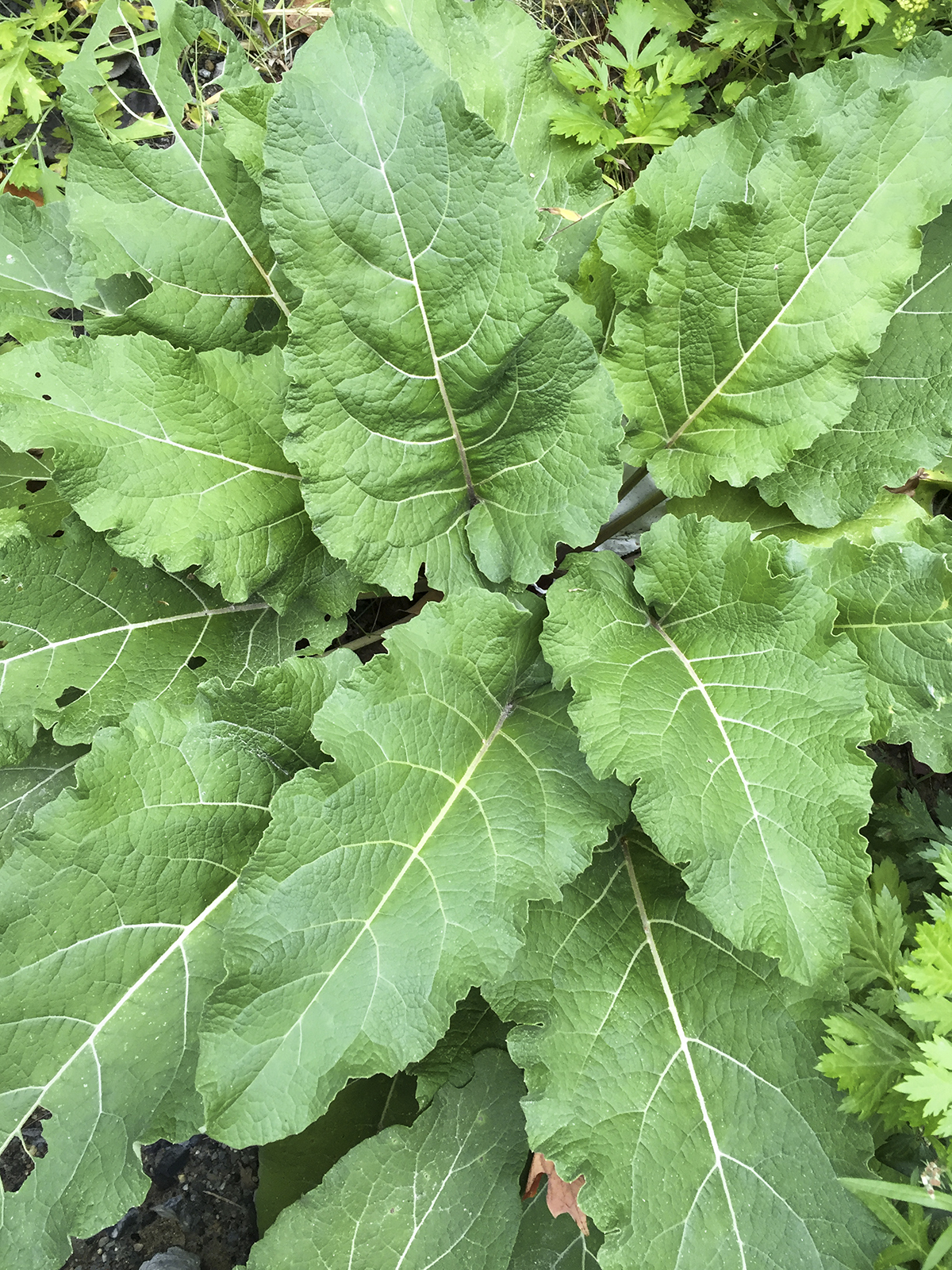
In Closing,
Herbalists generations ago weren’t Googling articles on the benefits of burdock (Arctium lappa) root. They sat with burdock, they grew burdock, and they experienced burdock. As you continue your herbalist studies I invite you to grow herbs (even just one) so that you too can unlock all the information available to you. Our plants have so much personality and knowledge attached to their seeds, roots, leaves, and flowers. Spend time with your plants, get to know their plant personalities, and allow yourself to enjoy the deep connection that each herb has to offer. It’s a beautiful world out there. Listen, observe, participate, and most importantly enjoy it all.
To learn more about developing a relationship with plants, see:
Bioregional Herbalism
Transform Your Land Into a Botanical Sanctuary
